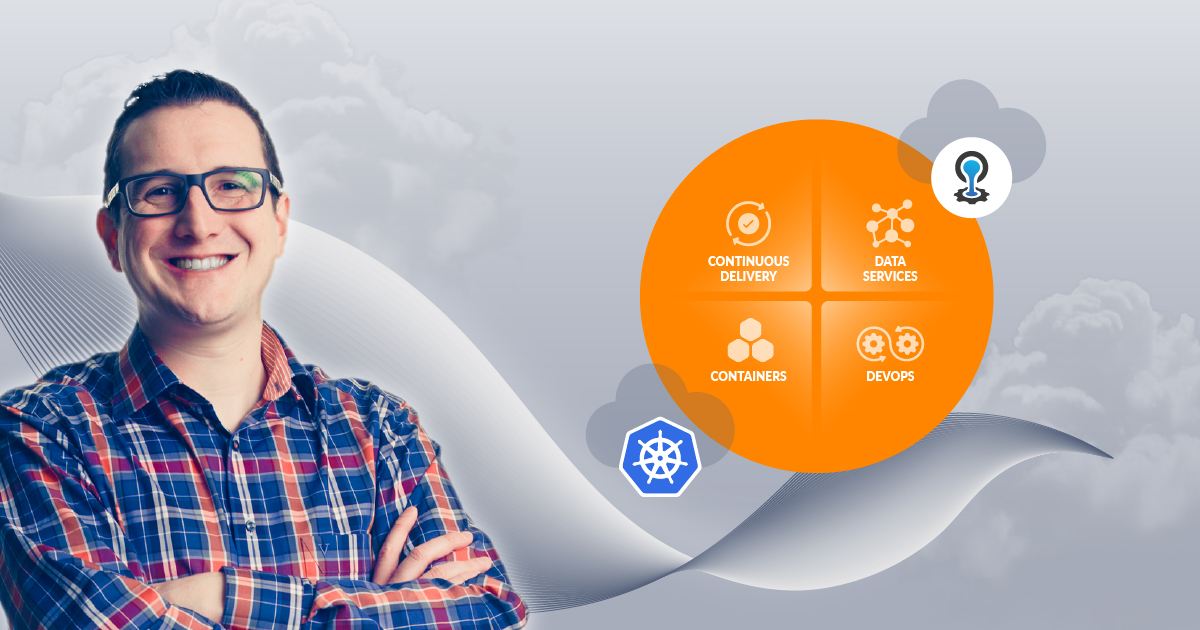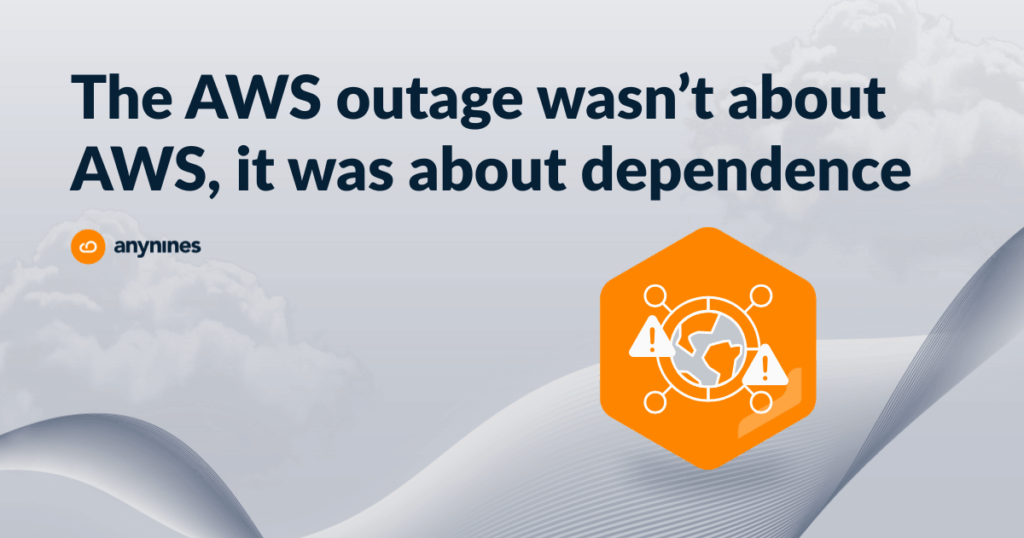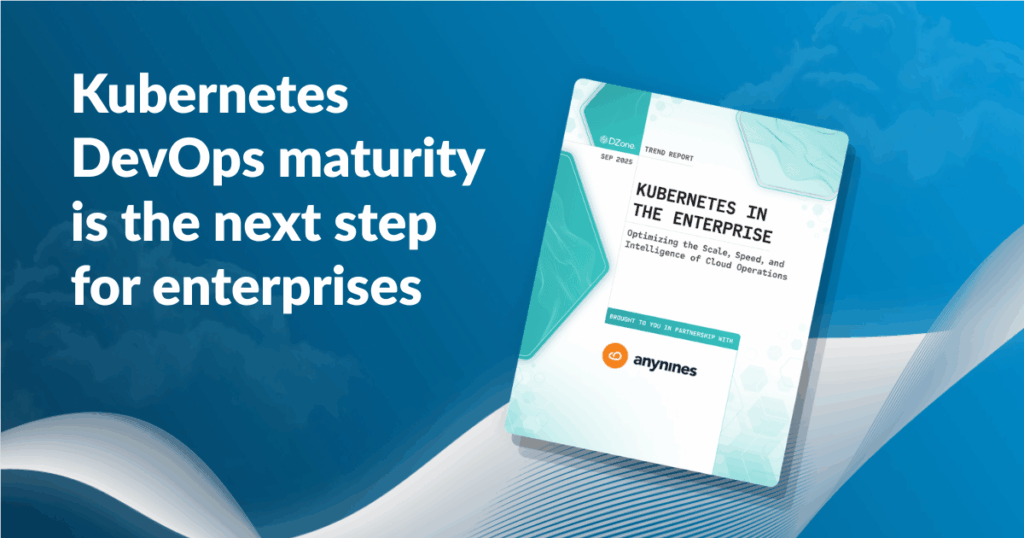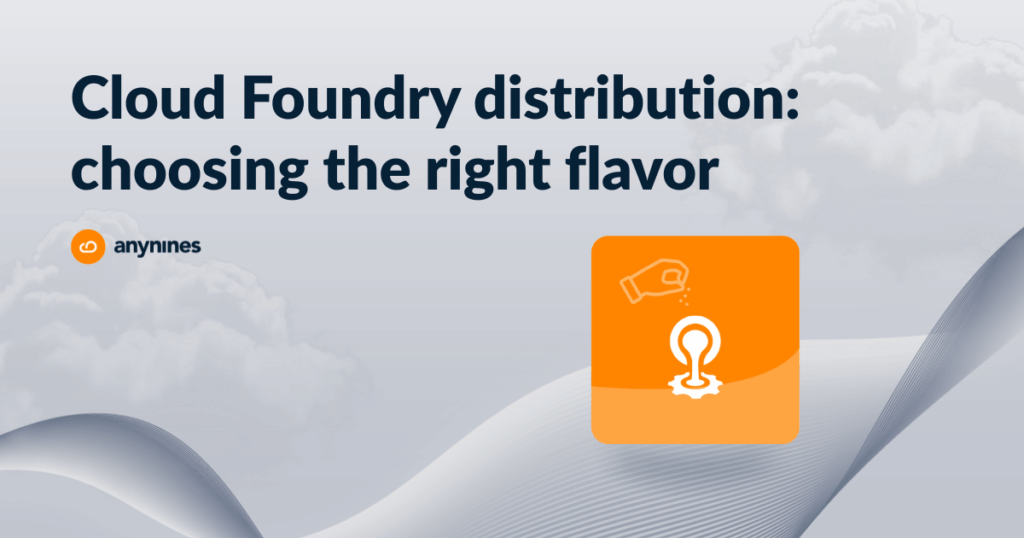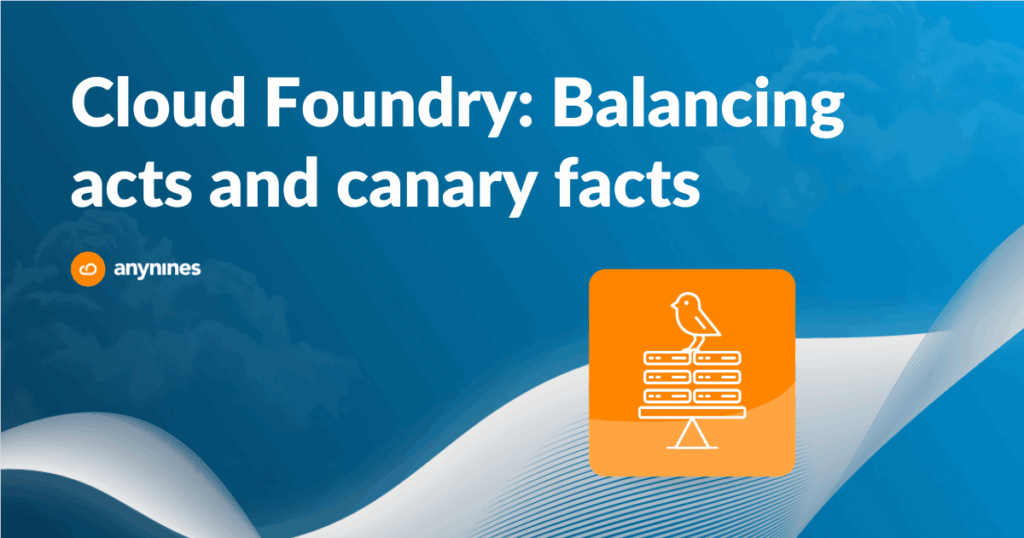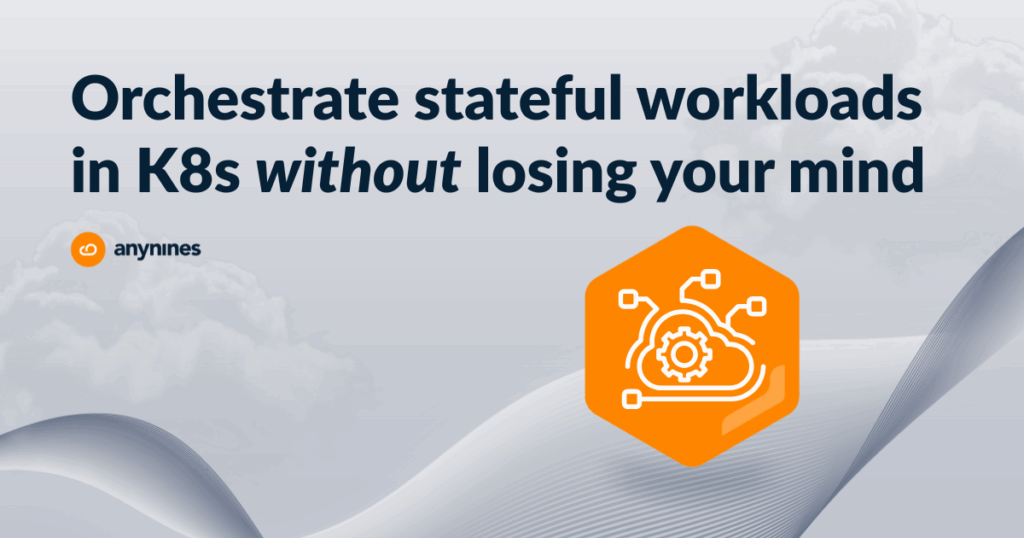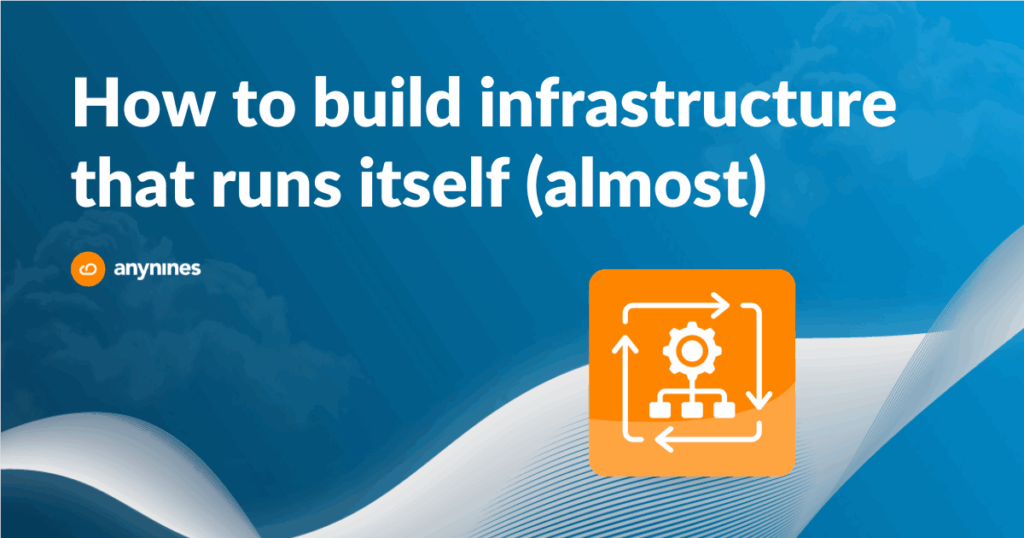In a recent conversation, Julian Fischer, CEO of anynines, and TFiR explored the current state of Cloud Foundry, the emergence of Kubernetes-based application development platforms, and how organizations are navigating the evolving cloud native landscape. Here are the key insights from that discussion.
Cloud Foundry’s Renaissance
According to Fischer, Cloud Foundry is experiencing something of a renaissance in the enterprise space. “The business case of Cloud Foundry is still alive,” he notes, particularly for organizations with thousands of developers who are transitioning to cloud native practices.
The value proposition remains compelling: enabling self-service for developers while maintaining operational efficiency at scale. For organizations with large development teams—especially those without universal Kubernetes expertise—Cloud Foundry provides a structured path to cloud native adoption.
“If you have a couple thousand developers and they’re used to writing applications and passing them on to an operations department, you want to eradicate that division of responsibility and bring teams to a you-build-it-you-run-it experience,” Fischer explains. “Cloud Foundry is the strongest technology in addressing a couple thousand developers with on-demand self-service and multi-tenancy capabilities integration of data services.”
The Kubernetes Challenge
As Kubernetes adoption grows, many organizations are grappling with how to provide an optimal developer experience on this platform. Fischer observes that many Kubernetes deployments began with infrastructure-focused approaches—”getting Kubernetes clusters out there doing lift and shift especially cannibalizing a lot of classic VM workloads”—but are now shifting toward application developer needs.
This shift presents challenges, particularly around data services. In large organizations with hundreds of Kubernetes clusters, enabling developer self-service for both applications and data services requires careful architecture decisions.
“Just because you never have to leave your Kubernetes cluster doesn’t make that a developer-friendly experience,” Fischer notes. “You need to take away the complexity so that the average developer does not have to go through Amazon training for a couple of months to understand all the complicated stuff behind the scenes just to get to an S3 bucket or an RDS database.”
That’s exactly what anynines does with their sponsored, open-source project, Klutch.
Bridging Cloud Foundry and Kubernetes
The industry is witnessing increasing convergence between the Cloud Foundry and Kubernetes ecosystems. Projects like Korifi bring the Cloud Foundry developer experience to Kubernetes, creating options for organizations that want to maintain familiar workflows while adopting new infrastructure approaches.
“Cloud Foundry is very well alive,” Fischer states, while predicting that “within the next 24 months a lot of application delivery stacks will pop up in the Kubernetes ecosystem.” This suggests a future where multiple approaches to application delivery coexist, with organizations selecting technologies based on their specific needs and constraints.
The Case for Open Standards
A recurring theme in Fischer’s commentary is the importance of open standards and vendor neutrality. In an era of shifting technology landscapes, corporate acquisitions, and changing licensing models, organizations benefit from building on open standards that reduce lock-in risk.
“If you’re building cars, would you have one single vendor for a critical resource or would you rather have multiple sources and be able to have negotiation power?” Fischer asks. He suggests that organizations should “buy into open-source standards, open-source products first and foremost, before committing to vendor-specific proprietary APIs.”
This approach provides organizations with flexibility to move between vendors, infrastructures, and even technologies as their needs evolve.
Looking Forward
The cloud native landscape continues to evolve rapidly, with both established platforms like Cloud Foundry and emerging Kubernetes-based approaches competing for attention. For enterprises navigating this complex environment, Fischer’s insights suggest focusing on developer experience, operational efficiency at scale, and architecture decisions that preserve flexibility.
As Fischer notes, “If your aim is to enable developers, you need a good developer experience. Whether this is with Cloud Foundry or with a Kubernetes stack doesn’t matter.” What matters is building platforms that empower developers while ensuring operational excellence across an organization’s entire application portfolio.
